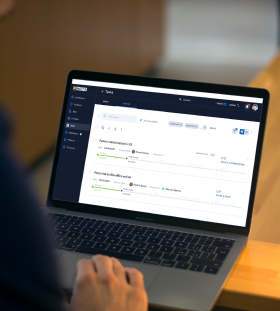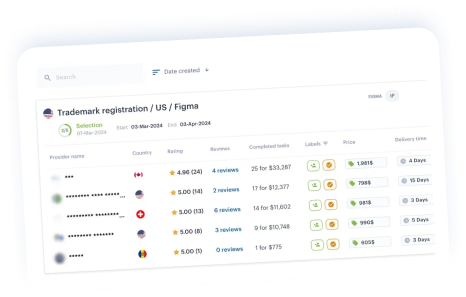Notificación de concesión y concesión de patente
Al recibir la Notificación de Concesión, deberá abonar las tasas de concesión correspondientes. Después de este pago, la patente se publicará y concederá oficialmente, asegurando así sus derechos exclusivos.



Al recibir la Notificación de Concesión, deberá abonar las tasas de concesión correspondientes. Después de este pago, la patente se publicará y concederá oficialmente, asegurando así sus derechos exclusivos.







-
Un asistente de IP impulsado por IA que lo ayuda a crear una tarea detallada en cuestión de minutos.
-
Selección del agente de patentes local más adecuado en función de criterios específicos.
-
Recibir un aviso de concesión, gestionar las tasas gubernamentales y emitir un certificado de patente.
-
Monitorización y reporte online en la plataforma durante todo el proceso.

-

Más de 800 despachos de abogados especializados en propiedad intelectual de más de 150 países, clasificaciones y reseñas
-

Un asistente de propiedad intelectual impulsado por IA que ayuda a crear tareas y encontrar abogados relevantes
-

Tarifas fijas, pagos online seguros y rápidos con resultados garantizados
-

Acceso 24/7 al proceso de registro y almacenamiento de datos en línea para todos sus casos
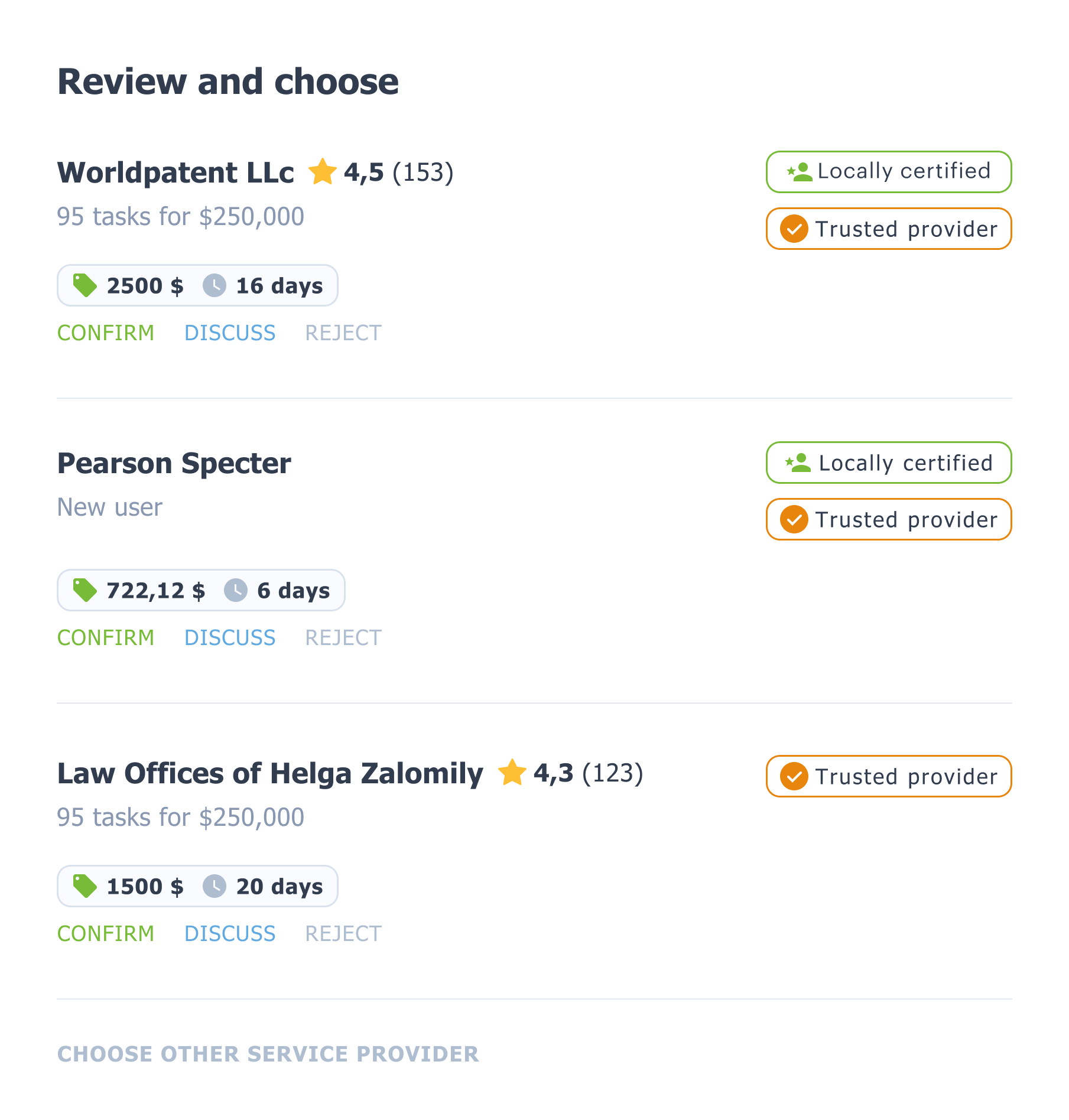

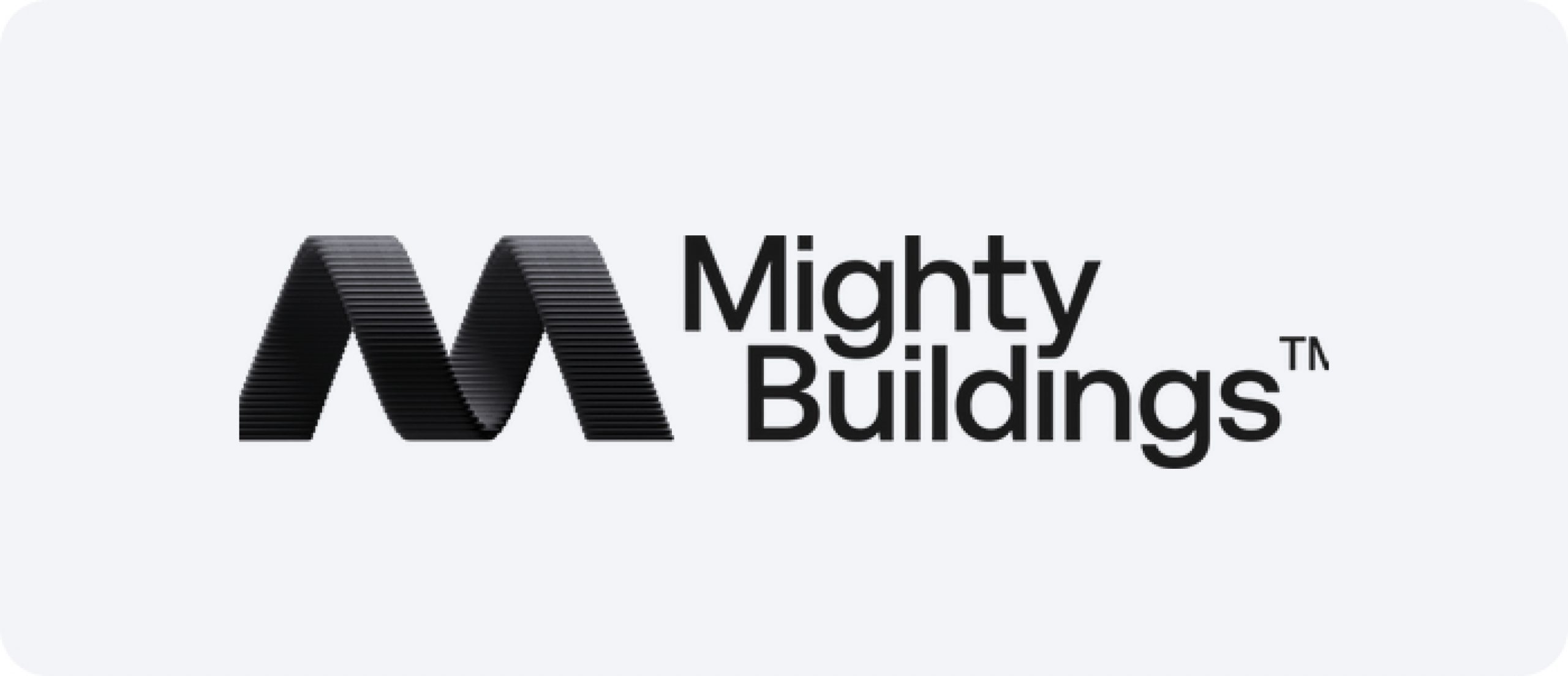
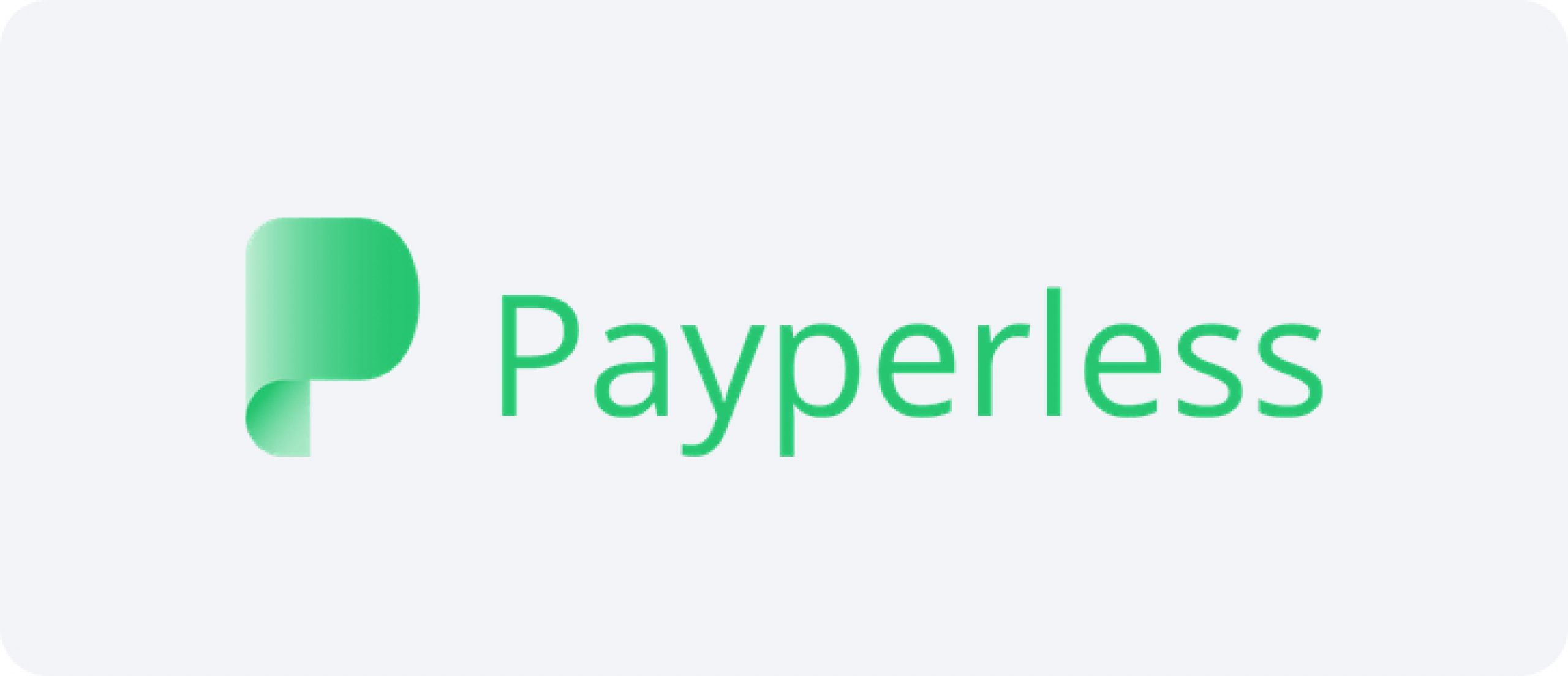

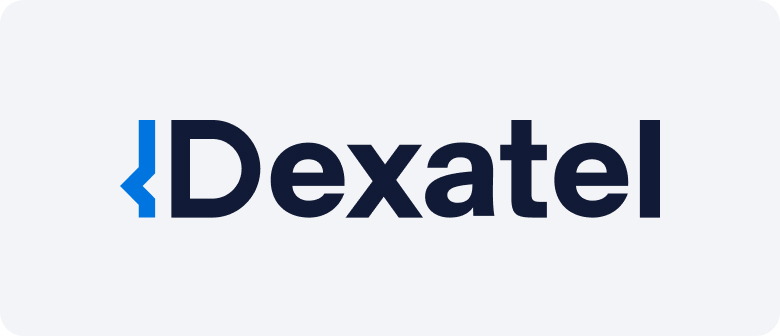
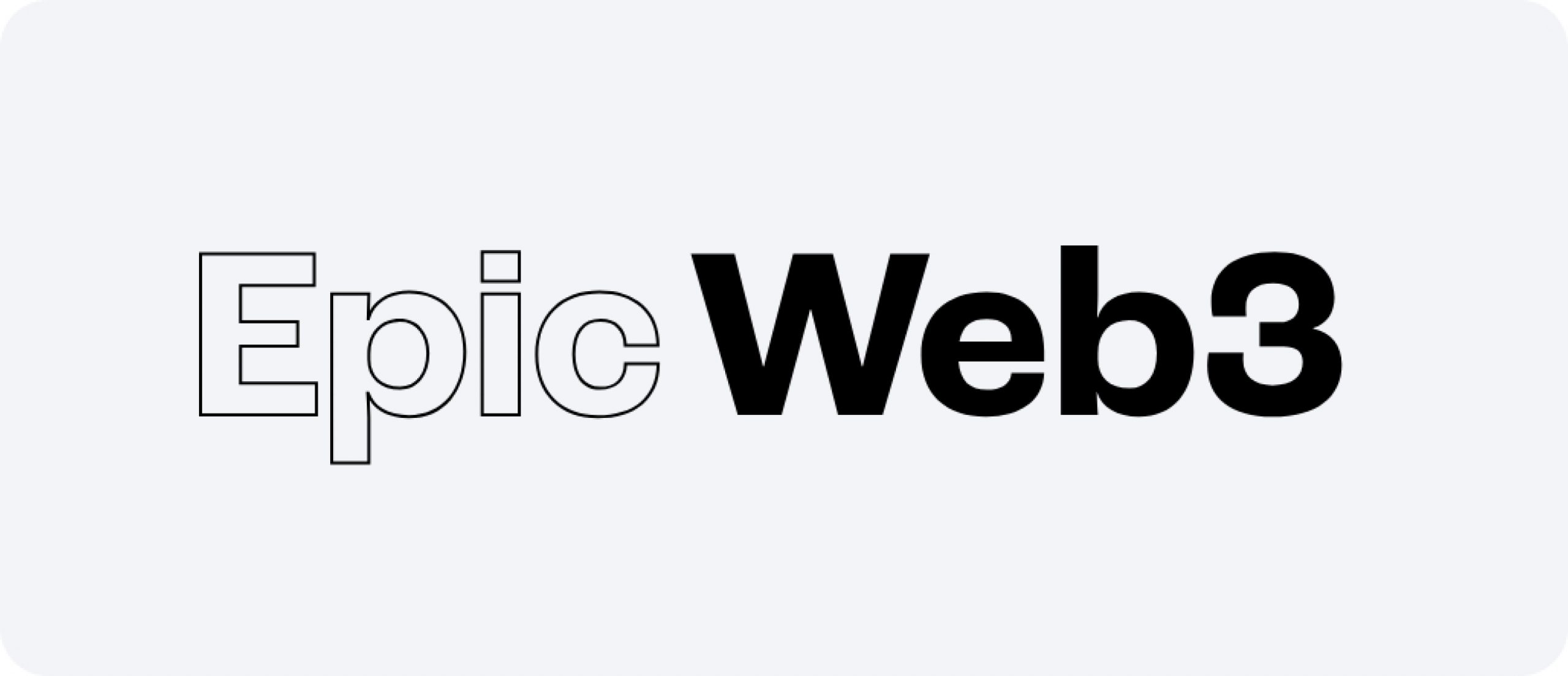
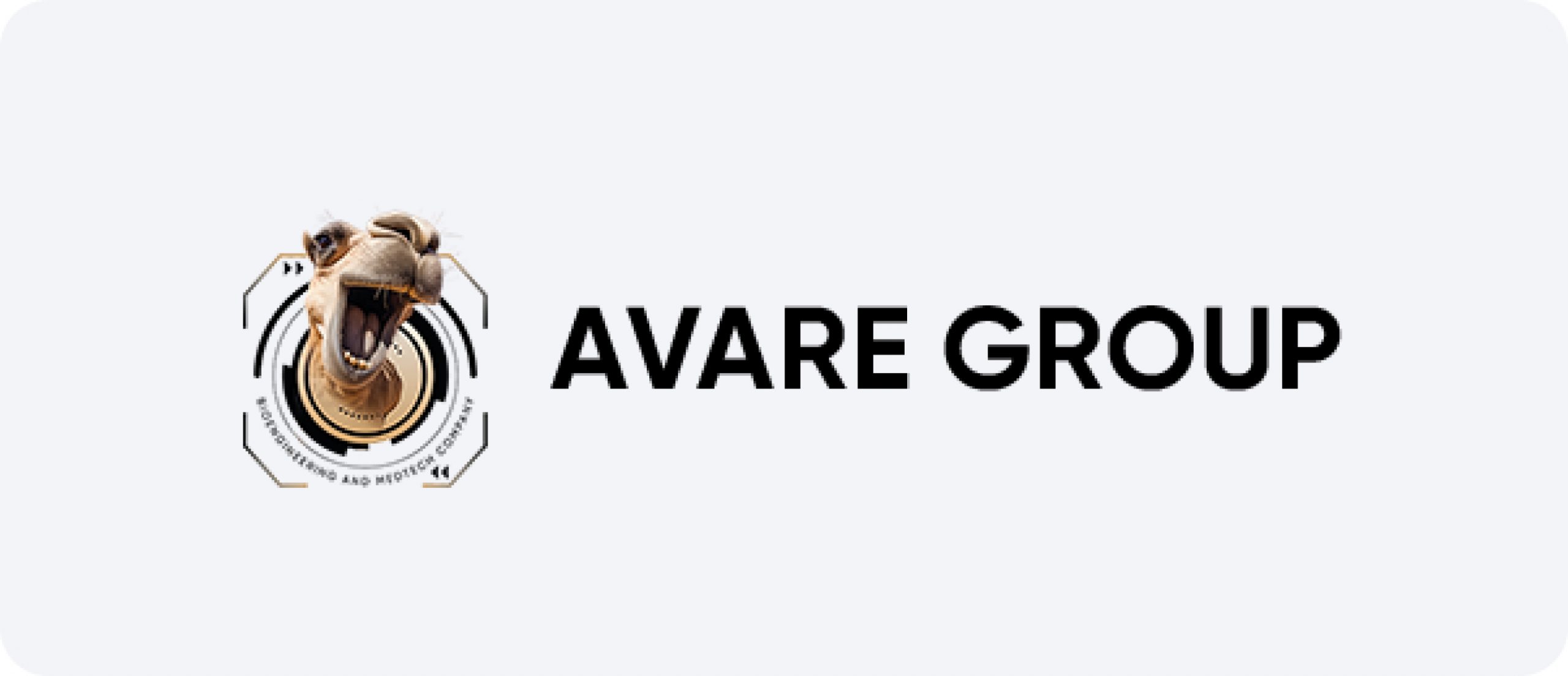
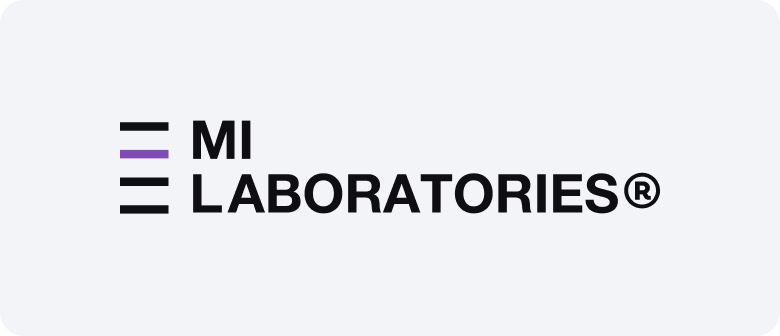
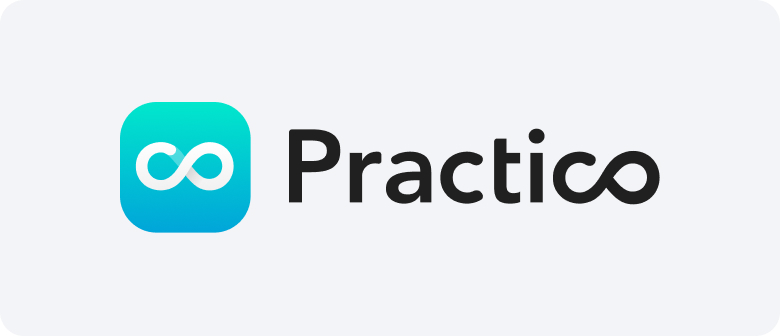
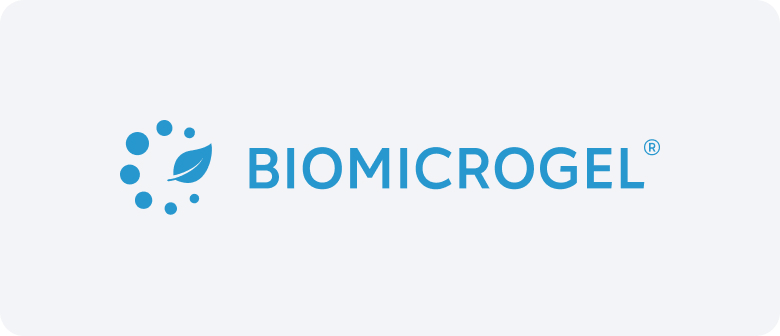
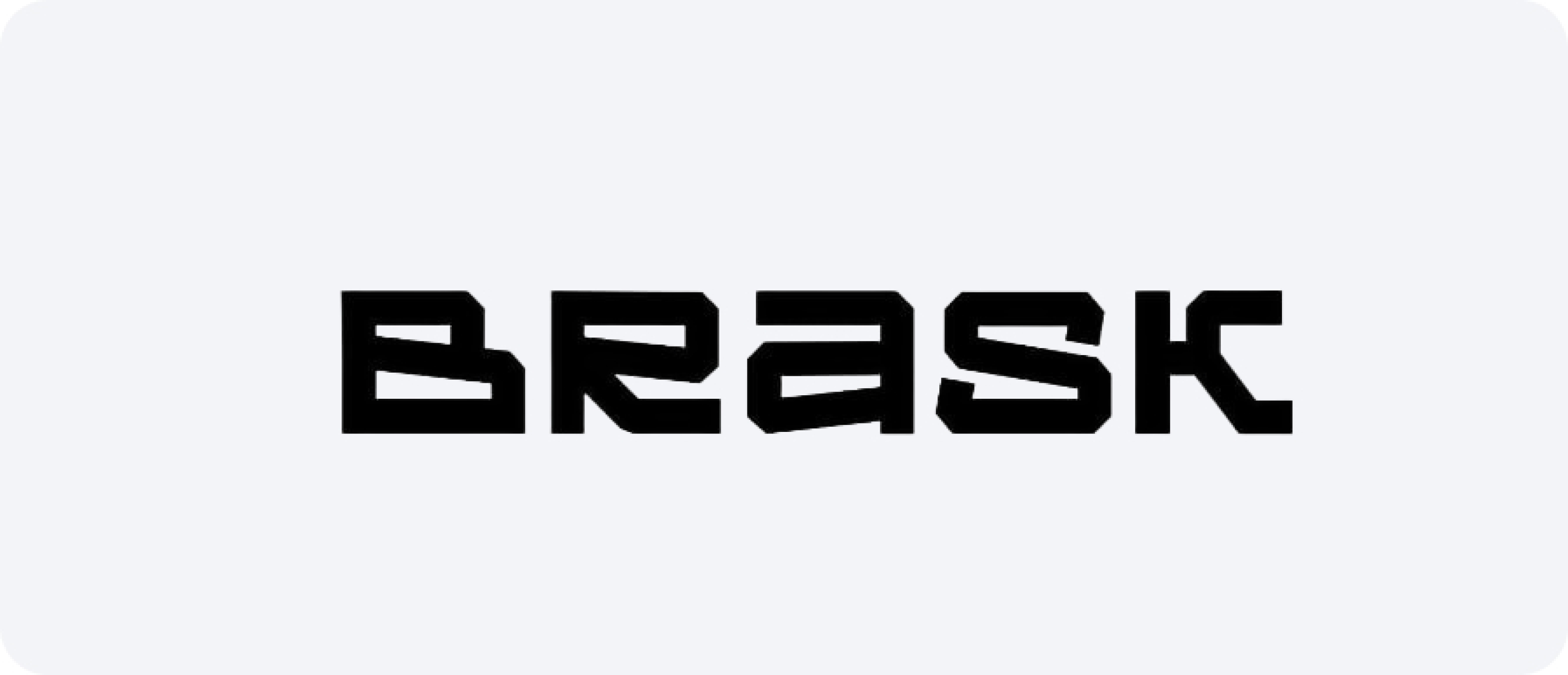
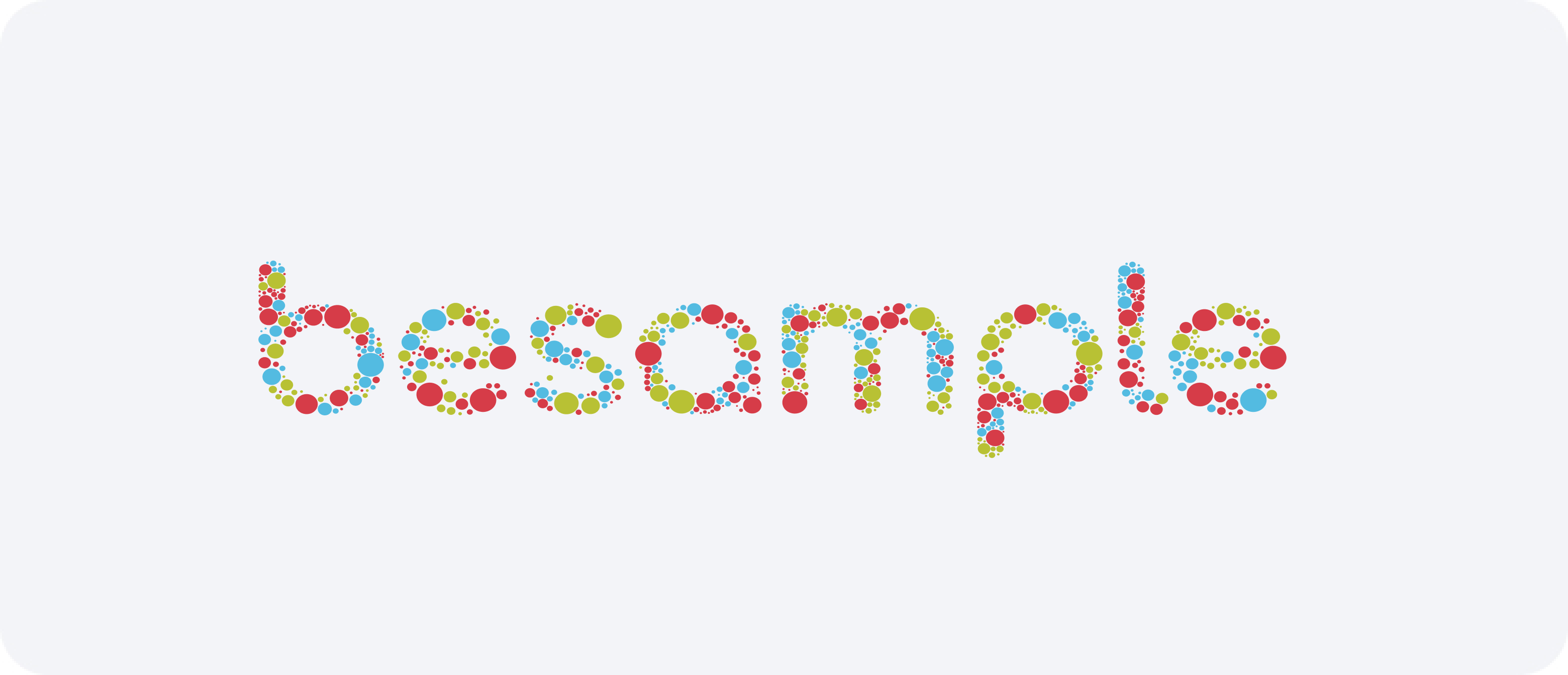
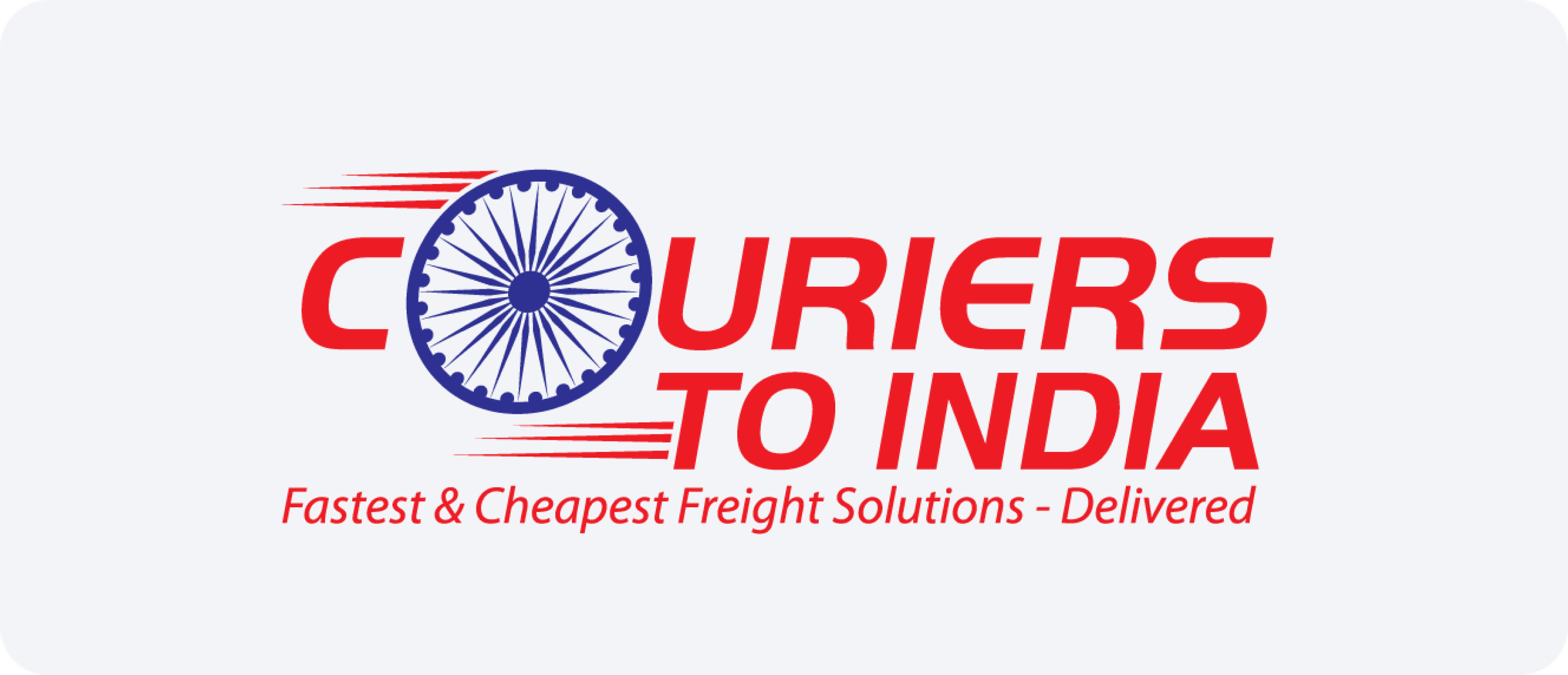

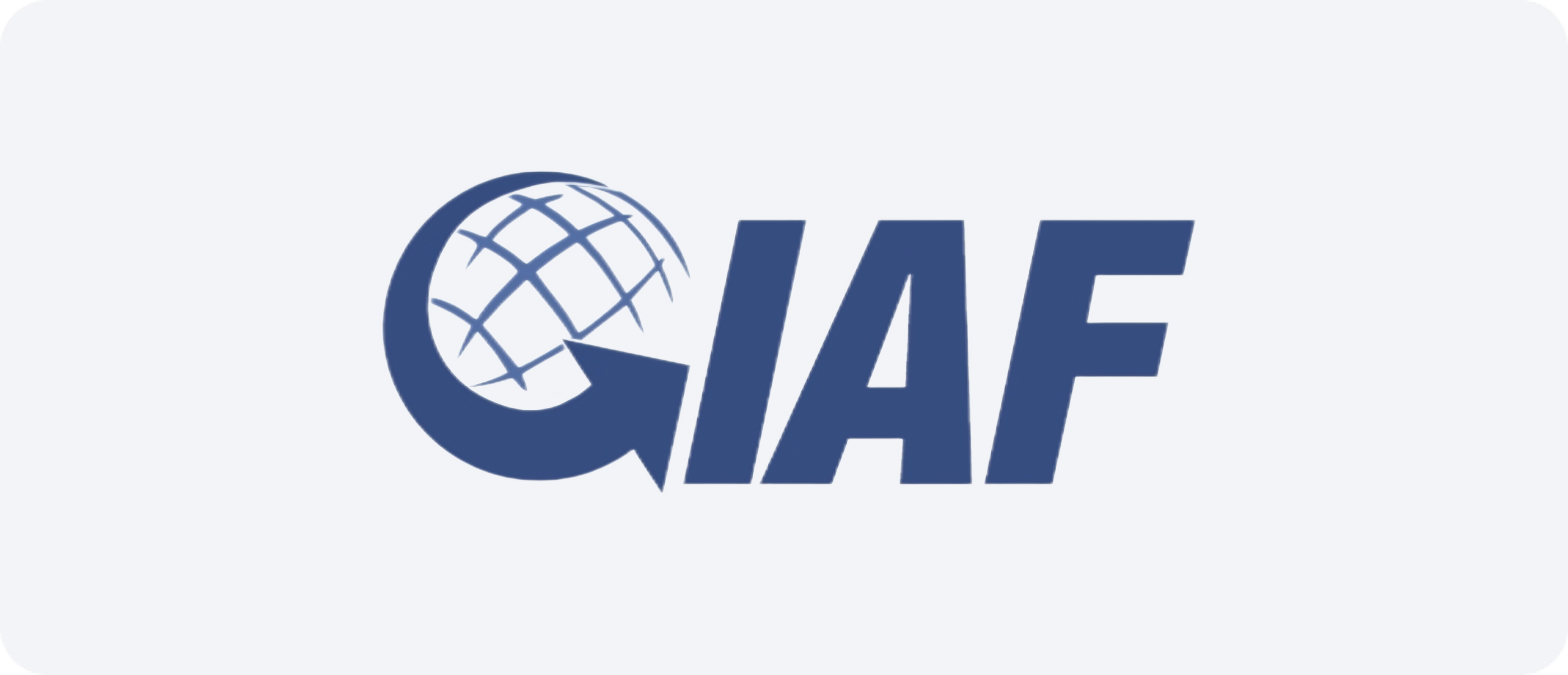
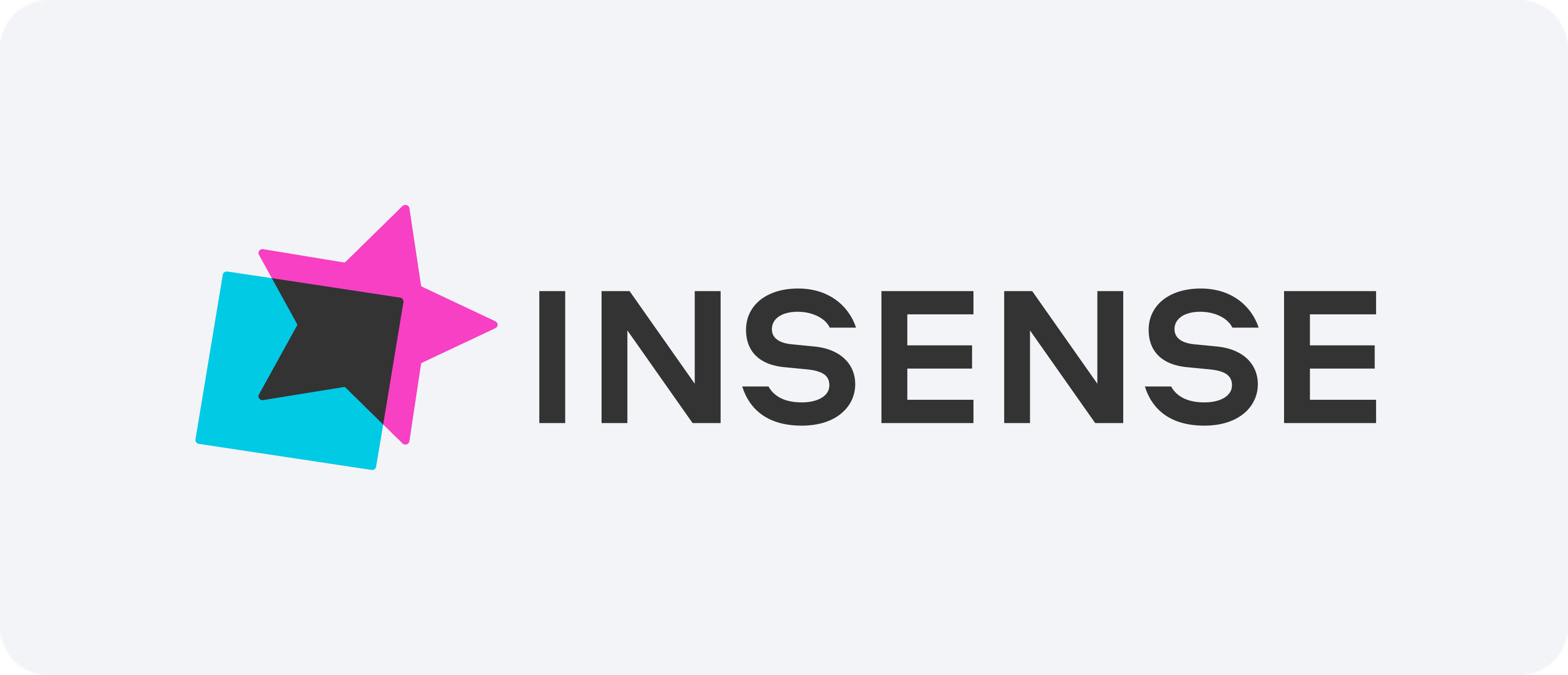

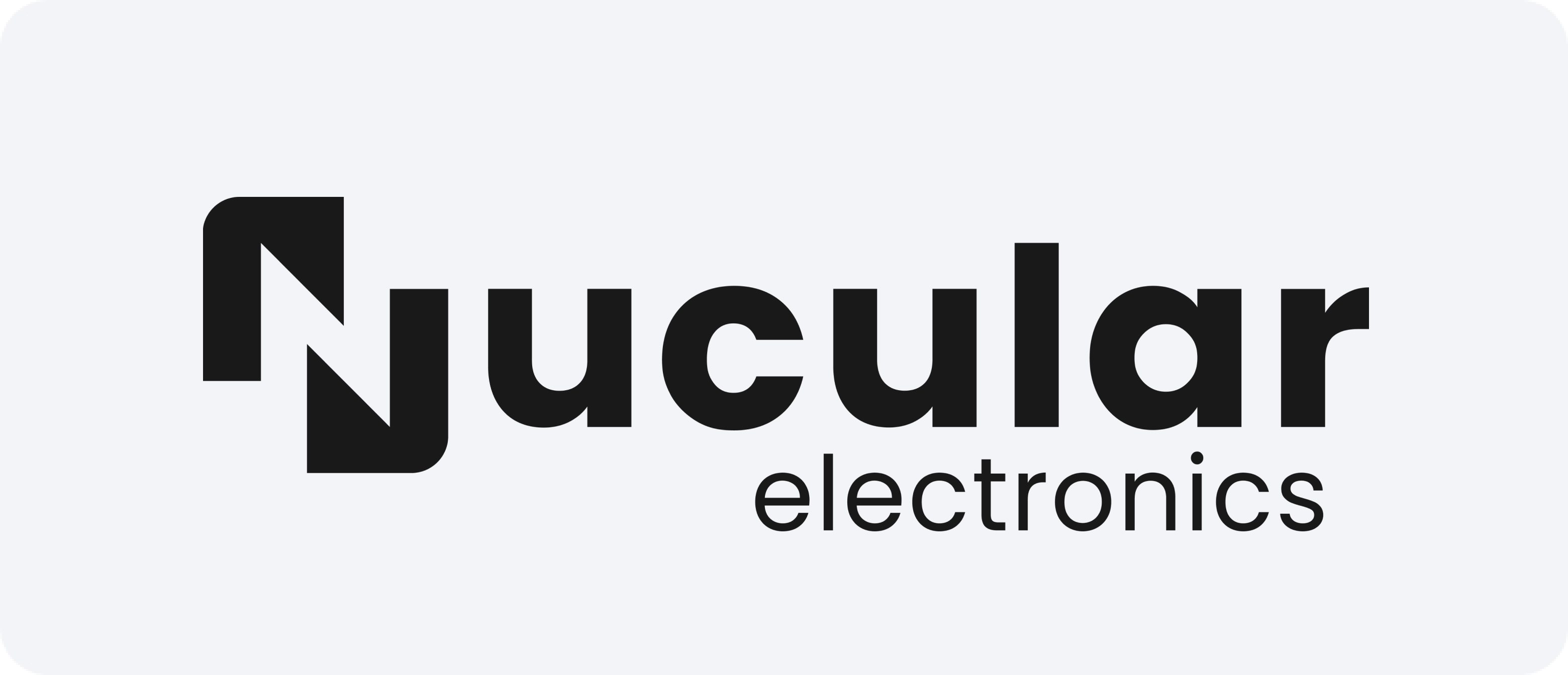
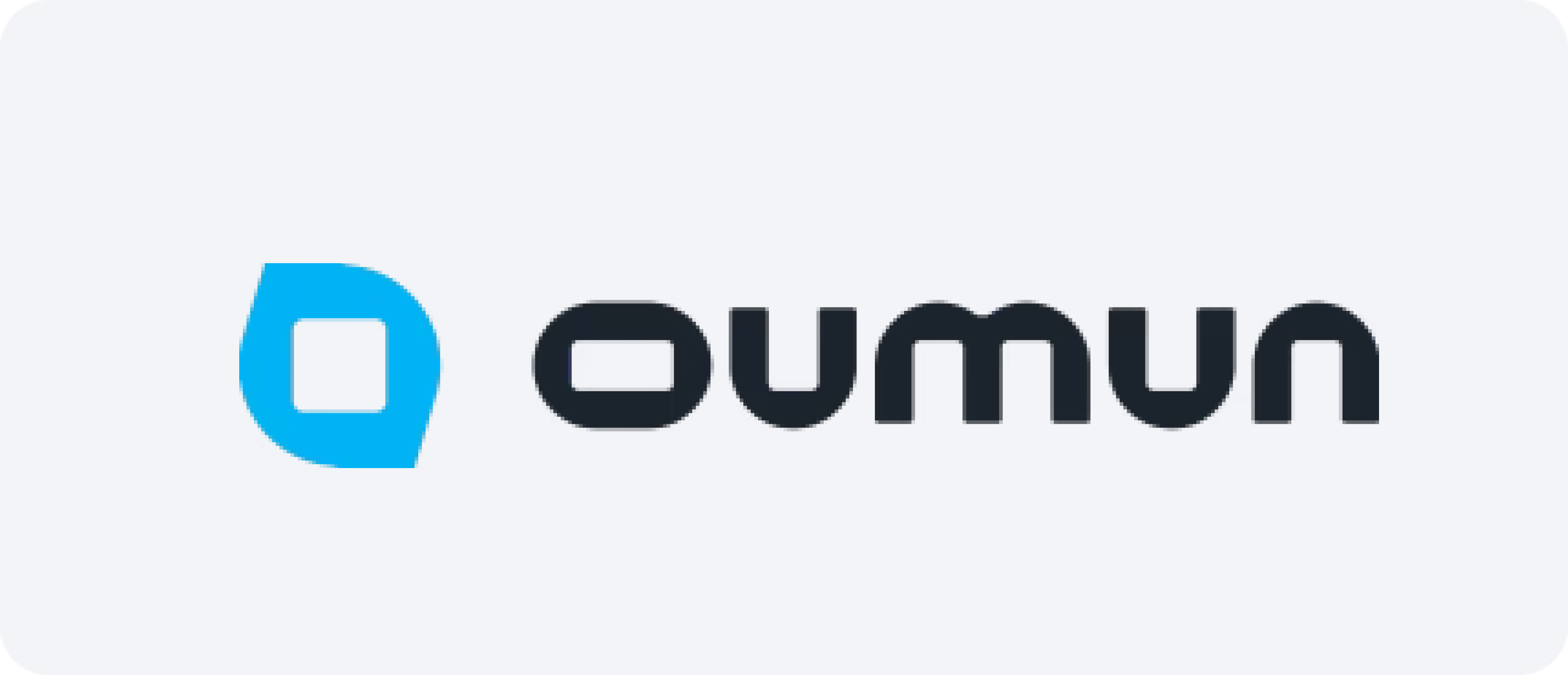

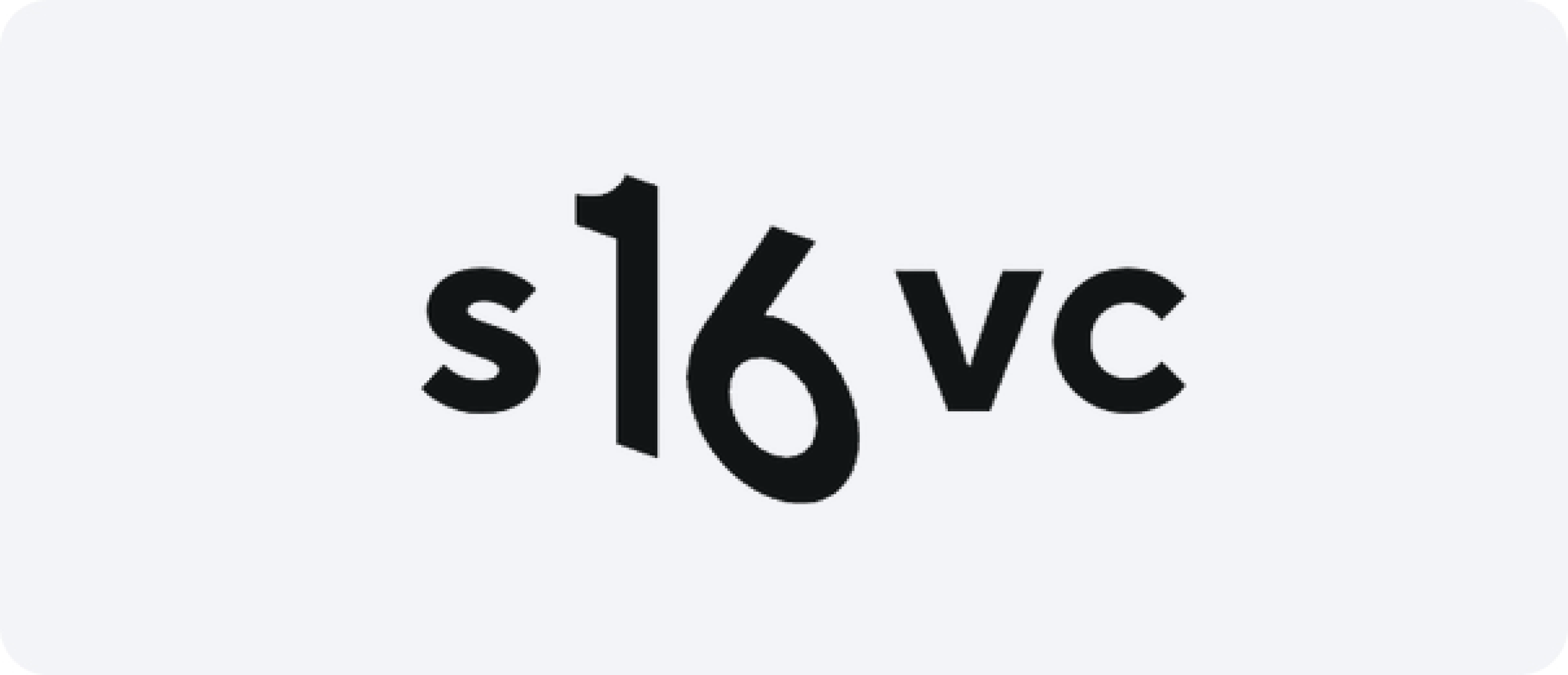




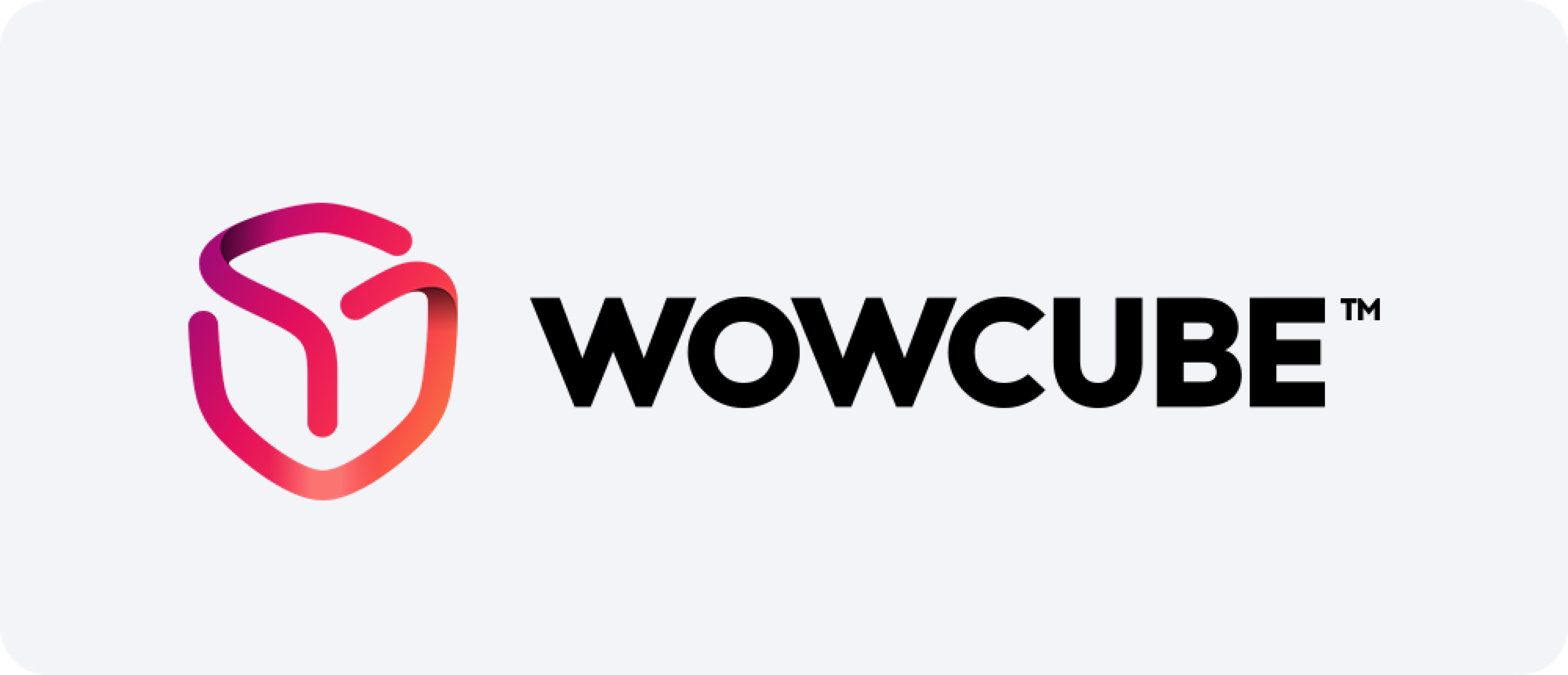












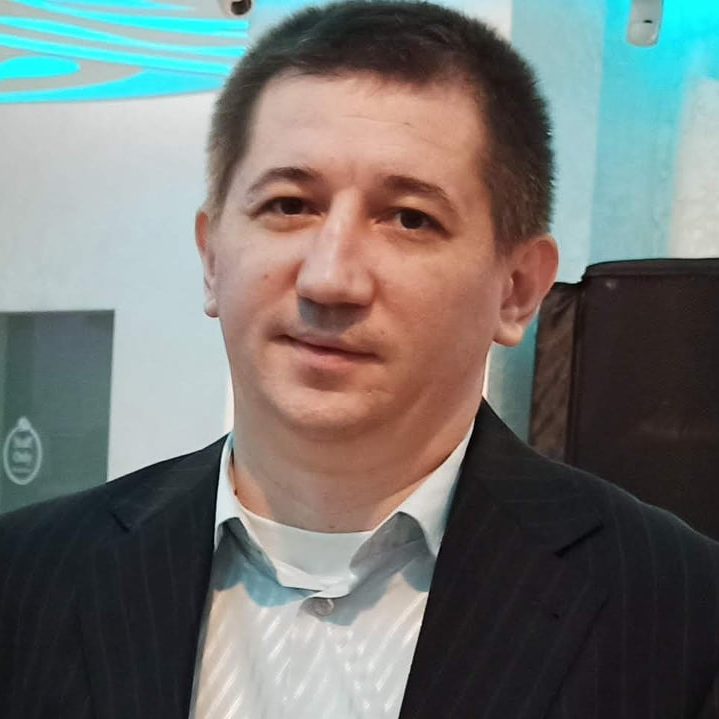
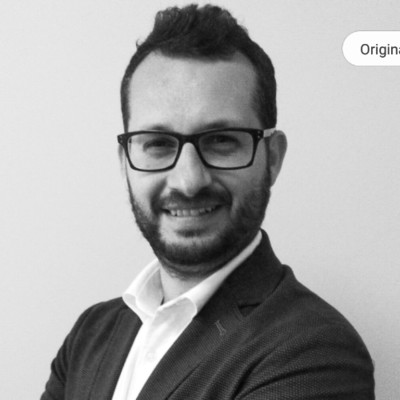
Aviso de concesión y concesión de patentes en todo el mundo: Lo que los innovadores deben saber
Recibir una notificación de concesión es un momento crucial en el proceso de patentamiento. Esta comunicación formal indica que una oficina ha completado su examen y está lista para conceder una patente, siempre que el solicitante cumpla con los requisitos finales. Comprender cómo funciona este proceso en diferentes jurisdicciones es esencial para los innovadores y las empresas que buscan protección en todo el mundo.
La notificación de emisión es más que un simple hito procesal: da luz verde a la innovación, brindando a los inventores la oportunidad de obtener derechos exclusivos. Ya sea que presente su solicitud en Estados Unidos, Europa, Asia u otras regiones, reconocer las particularidades de los procesos de concesión de patentes le garantiza una buena posición para proteger sus activos intelectuales a nivel mundial.
Comprender el proceso global de concesión de patentes
Aunque las leyes varían según la jurisdicción, la mayoría de los países siguen una secuencia similar: presentación de la solicitud, examen, emisión y, finalmente, otorgamiento de los derechos. Una vez emitida la notificación de concesión, los solicitantes suelen estar obligados a pagar las tasas de emisión y presentar los documentos finales. Esto da inicio a la publicación y la emisión formal de la patente.
En Estados Unidos, la notificación se emite después de que el examinador de la USPTO determine que una solicitud cumple con todos los requisitos legales. Otras jurisdicciones, como la OEP o la JPO, cuentan con procesos comparables, pero adaptados localmente.
Los siguientes elementos suelen encontrarse en el proceso de aprobación global:
- La notificación emitida después de un examen exitoso
- Pago de las tasas de emisión aplicables
- Presentación de cualquier revisión o documento final
- Publicación de la concesión de la invención
- Expedición de derechos al solicitante
A pesar de las similitudes, los plazos y procedimientos pueden variar. En Japón, por ejemplo, los solicitantes deben solicitar el examen dentro de un plazo específico, mientras que en la Unión Europea, los requisitos de traducción y los pasos de validación son posteriores a la aprobación.
Diferencias clave en la aprobación a nivel mundial
Obtener patentes en varios países exige conocer las prácticas locales y los posibles retrasos. A continuación, se presenta un breve resumen de cómo algunas jurisdicciones importantes gestionan el proceso de notificación y aprobación de la emisión:
- Estados UnidosTras recibir la notificación de emisión, los solicitantes suelen tener tres meses para abonar la tasa de emisión. Una vez tramitada, la emisión se publica y se asigna el número de invención.
- unión EuropeaTras la comunicación de intención de emitir, los solicitantes deben aprobar el texto y abonar la tasa. La invención se publica y valida en los Estados miembros seleccionados.
- PorcelanaUna vez que la solicitud se considera admisible, la CNIPA emite una notificación y solicita el pago de la tasa final. La invención se emite y publica.
- JapónLa JPO emite una notificación de emisión, que exige el pago de las tasas de registro. Los derechos se confieren tras la inscripción en el registro de invenciones.
- CanadáTras la notificación de la concesión, los solicitantes deben abonar una tasa final dentro de un plazo determinado. La invención queda entonces concedida.
- Australia:Después de la aceptación, la invención se publica y se emite después de un período de espera, no se requiere pago alguno.
- BrasilEl proceso de aprobación a menudo demora más debido a un retraso, pero una vez permitido, se envía una notificación y se requieren las tarifas finales para la emisión.
Beneficios de recibir una notificación de emisión
Recibir una notificación de emisión conlleva varias ventajas:
- Seguridad Jurídica – Confirma que la invención se considera novedosa, inventiva y aplicable industrialmente.
- Oportunidades de moportunidad: los inversores y socios pueden participar una vez que vean un camino claro hacia la aprobación.
- Posicionamiento en el mercado: Las empresas pueden revelar públicamente sus problemas pendientes, a menudo marcados como "pendientes".
- Potencial de licencia: con una notificación de emisión en la mano, los licenciantes ganan influencia en la negociación.
- Planificación estratégica: el cronograma para ingresar a jurisdicciones extranjeras o solicitar solicitudes divisionales se vuelve más concreto.
Desafíos y consideraciones comunes
Si bien una notificación de emisión es motivo de optimismo, no garantiza la aprobación automática. Aún pueden surgir varios problemas, como:
- Perder el plazo para pagar la tasa de emisión
- Errores en el texto final o en los dibujos
- Errores de traducción en jurisdicciones no inglesas
- Oposición posterior a la emisión o reexamen en algunas regiones
- Normas divergentes para solicitudes divisionales o de continuación
La gestión proactiva es fundamental. Los agentes y abogados suelen coordinar las presentaciones internacionales para garantizar que la aprobación se lleve a cabo sin problemas en todos los países. El uso de herramientas como el PCT puede agilizar las presentaciones internacionales en un único procedimiento antes de iniciar las fases nacionales.
Consejos para gestionar la aprobación de invenciones a nivel mundial
A continuación se ofrecen consejos prácticos para optimizar su estrategia internacional:
- Vigile de cerca todos los plazos después de que se emita una notificación
- Presupuesto para tasas de emisión en todas las jurisdicciones
- Asegúrese de la precisión de la traducción para regiones como Europa, Japón o China
- Trabaje con asesores locales que comprendan las leyes y los plazos nacionales.
- Plan para una posible concesión de licencias o ejecución una vez que se conceda la invención
- Alinee las estrategias de presentación con los objetivos comerciales: algunos mercados pueden no requerir una cobertura total de los problemas
Reflexiones finales
El proceso desde la solicitud hasta la concesión de la invención está repleto de hitos, pero la notificación de la emisión es uno de los más cruciales. Señala el tramo final en la protección de los derechos de propiedad intelectual a nivel mundial. Comprender los procesos específicos de cada jurisdicción ayuda a los inventores y a las empresas a planificar mejor, reducir riesgos y optimizar su estrategia global de PI.
Con una preparación minuciosa y un apoyo experimentado, las empresas pueden navegar el proceso de aprobación a través de las fronteras, convirtiendo la innovación en una ventaja de mercado protegida.
